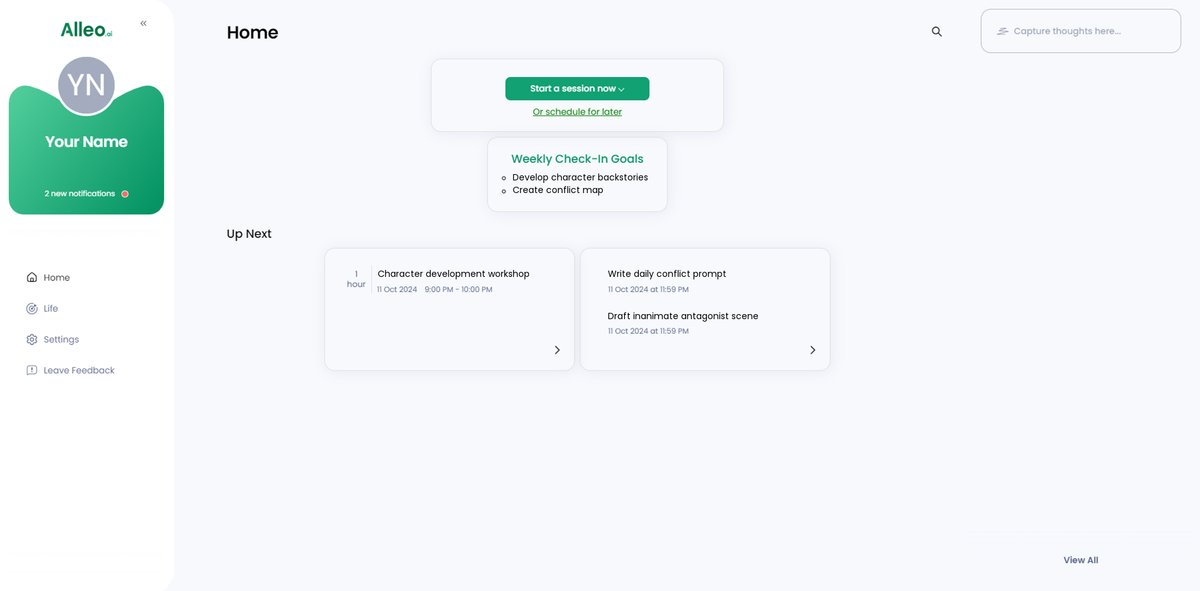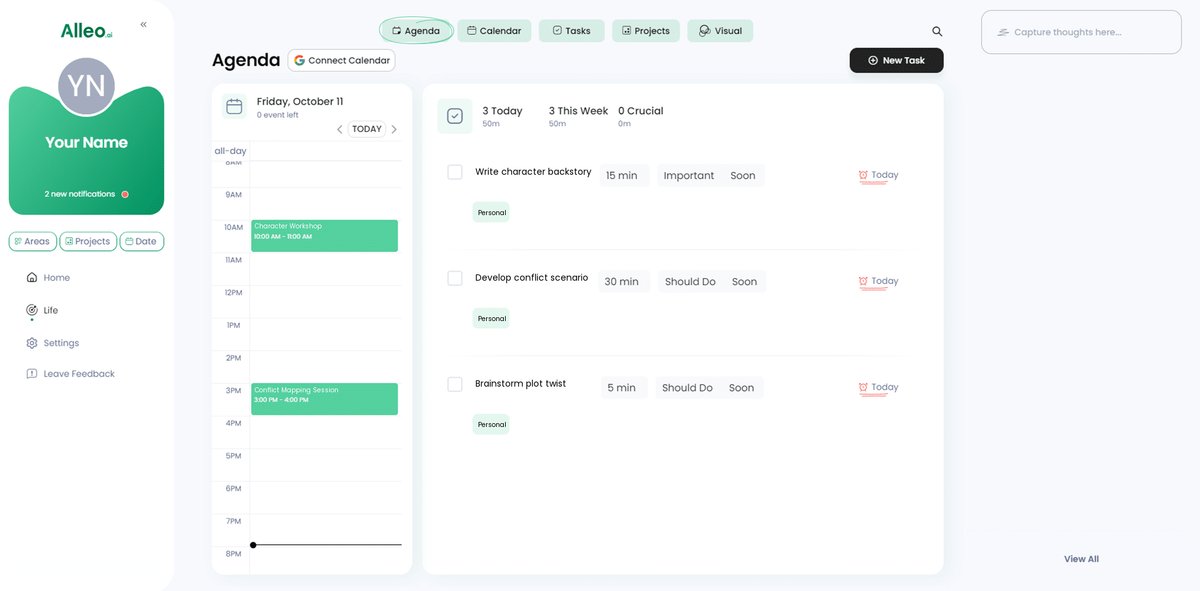Master Storytelling: 4 Essential Strategies to Create Compelling Conflict
Are you struggling to keep your audience engaged with your story from start to finish? Creating compelling story conflict is essential for maintaining reader interest.
As a life coach, I’ve helped many writers navigate the challenges of storytelling. I often encounter the common problem of building and maintaining conflict and tension across different storytelling formats. This includes balancing internal vs external conflict and developing effective conflict pacing in narrative arcs.
In this article, you’ll discover effective strategies to create compelling story conflict. We’ll cover techniques for developing multidimensional characters, crafting internal and external conflicts, and using unique antagonists. You’ll learn about conflict as a tool for character growth and explore conflict resolution techniques.
Let’s dive in and explore how to master emotional tension in storytelling.

The Struggle to Maintain Conflict and Tension
Creating compelling story conflict can be incredibly challenging. Many writers struggle with building and maintaining tension that feels authentic across novels, films, and TV series, balancing multiple conflicts in a story effectively.
Flat characters and predictable plots are common pitfalls in character development in conflict. These issues can lead to a lack of emotional tension in storytelling, which makes stories unengaging.
Weak conflict results in audiences losing interest. This can be painful for writers who have invested time and effort into their work, especially when it comes to conflict pacing in narrative arcs.
To avoid these issues, consider incorporating multidimensional characters and unpredictable plot twists and conflict escalation. This approach ensures sustained engagement and excitement, using conflict as a tool for character growth.

Essential Steps to Create Compelling Conflict in Your Story
Overcoming the challenge of weak conflict requires a few key steps. Here are the main areas to focus on when creating compelling story conflict:
- Create compelling characters with depth and flaws: Develop multidimensional characters with relatable traits, essential for character development in conflict.
- Develop internal and external conflicts: Craft conflicts that challenge characters both internally and externally, balancing multiple conflicts in a story.
- Use uncertainty to raise personal stakes: Introduce plot twists and conflict escalation to heighten tension and stakes, enhancing emotional tension in storytelling.
- Incorporate inanimate antagonists for variety: Use unique non-human antagonists to create diverse conflicts, exploring antagonist creation for stronger conflict.
Let’s dive into these techniques for creating compelling story conflict!
1: Create compelling characters with depth and flaws
Creating compelling characters with depth and flaws is crucial for engaging storytelling and maintaining audience interest. This approach also sets the foundation for creating compelling story conflict.
Actionable Steps:
- Attend character development workshops: Enroll in online or local workshops focused on character development in conflict. Apply learned techniques to create multidimensional characters with relatable flaws and strengths.
- Consult with a writing mentor: Partner with an experienced writer or mentor to get feedback on your characters and plot twists and conflict escalation. Implement their advice to enhance character depth and complexity.
- Write character backstories: Develop detailed backstories for each character, focusing on their motivations, fears, and desires. Use these backstories to inform their actions and decisions within the story, contributing to internal vs external conflict.
Explanation:
These steps help you build characters that readers can connect with emotionally. Creating multidimensional characters with relatable traits ensures your story remains engaging and sets the stage for creating compelling story conflict.
This approach aligns with current trends in storytelling, where character-driven narratives and emotional tension in storytelling are highly valued. For more insights on character development, explore this resource.
Key elements of compelling characters:
- Relatable flaws and strengths
- Clear motivations and goals
- Unique personality traits
- Consistent yet evolving behavior
By focusing on these aspects, you can craft characters that drive your story forward, keep readers invested, and contribute to creating compelling story conflict.
Now, let’s explore how to develop internal and external conflicts.
2: Develop internal and external conflicts
Developing internal and external conflicts is crucial for creating compelling story conflict and engaging, dynamic stories.
Actionable Steps:
- Use writing prompts: Incorporate daily writing prompts that focus on creating internal vs external conflict. Challenge yourself to write a scene where a character faces both internal and external obstacles, enhancing character development in conflict.
- Create conflict maps: Draw maps highlighting relationships and conflicts between characters. Use these maps to plan out escalating conflicts and resolutions, aiding in conflict pacing in narrative arcs.
- Participate in writing circles: Join a writing circle or group where members critique each other’s conflict scenarios. Use feedback to refine and enhance the conflicts in your story, exploring realistic conflict scenarios in fiction.
Explanation:
These steps help you craft multifaceted conflicts that add depth and tension to your story. Creating both internal and external conflicts ensures your characters face diverse challenges, balancing multiple conflicts in a story.
This approach aligns with current trends in storytelling, where multidimensional conflicts are highly valued. For more insights on developing conflicts, explore this resource.
By focusing on these aspects, you can create conflicts that drive your story forward and keep readers engaged. Now, let’s explore how to use uncertainty to raise personal stakes.
3: Use uncertainty to raise personal stakes
Introducing uncertainty in your story can significantly raise personal stakes and keep your audience engaged, which is crucial when creating compelling story conflict.
Actionable Steps:
- Brainstorm plot twists: Dedicate time to brainstorming potential plot twists and conflict escalation that introduce uncertainty. Select the most impactful twists and integrate them into your story.
- Highlight character vulnerabilities: Write scenes where characters face significant personal risks or losses, focusing on internal vs external conflict. This approach aids in character development in conflict scenarios.
- Engage with beta readers: Share your story with beta readers and gather feedback on the effectiveness of the uncertainty and stakes. Make adjustments based on their insights to heighten emotional tension in storytelling.
Explanation:
These steps matter because they help create a dynamic story where characters face unpredictable challenges. By integrating plot twists and highlighting vulnerabilities, you ensure the audience remains invested in the conflict pacing in narrative arcs.
For more insights on creating engaging narratives, explore this resource.
Effective ways to create uncertainty:
- Introduce unexpected obstacles
- Reveal hidden character secrets
- Subvert reader expectations
This approach aligns with current trends in storytelling, emphasizing the importance of uncertainty and high stakes in creating compelling story conflict.
Moving forward, we will explore the role of inanimate antagonists in creating variety in your story, contributing to antagonist creation for stronger conflict.

4: Incorporate inanimate antagonists for variety
Incorporating inanimate antagonists can add unique and unexpected challenges to your story, enhancing the process of creating compelling story conflict.
Actionable Steps:
- Research unique antagonists: Explore various types of inanimate antagonists, such as natural disasters, societal issues, or technological failures. Choose one that fits your story’s theme and setting, considering how it can contribute to conflict pacing in narrative arcs.
- Write conflict scenarios: Create detailed scenarios where inanimate antagonists play a central role in the conflict. Ensure these scenarios challenge your characters in unique and unexpected ways, fostering character development in conflict.
- Experiment with different perspectives: Write from the perspective of the inanimate antagonist, exploring its impact on the story. Use this exercise to deepen the antagonist’s role and influence on the plot, enhancing antagonist creation for stronger conflict.
Explanation:
These steps matter because they diversify the sources of conflict in your story, making it more engaging for readers. By integrating unique antagonists, you add layers of complexity to your narrative, balancing multiple conflicts in a story.
For more insights on crafting compelling conflicts, explore this resource.
Examples of inanimate antagonists:
- Natural disasters (e.g., hurricanes, earthquakes)
- Societal issues (e.g., poverty, discrimination)
- Technological failures (e.g., AI malfunction, power grid collapse)
This approach ensures your story remains fresh and exciting, keeping your audience hooked through emotional tension in storytelling.
Let’s move on to how Alleo can assist you in achieving these storytelling goals.

Partner with Alleo to Master Storytelling Conflict
We’ve explored how to create compelling story conflict. Did you know you can work with Alleo to make this journey easier and faster in creating compelling story conflict?
Get Started with Alleo:
Account Setup:
- Sign up for a free 14-day trial with no credit card required.
- Complete a quick survey to personalize your coaching plan for creating compelling story conflict.
Personalized Coaching:
- Alleo will provide tailored advice on character development in conflict and conflict creation.
- Set specific goals and track progress with Alleo’s tools for mastering internal vs external conflict.
- Receive regular follow-ups and support via text and push notifications on conflict pacing in narrative arcs.
Staying Accountable:
- Alleo will help you stay on track with your writing goals, including balancing multiple conflicts in a story.
- Adjust your strategies as needed, ensuring consistent progress in creating compelling story conflict.
Ready to get started for free? Let me show you how to master creating compelling story conflict!
Step 1: Log In or Create Your Alleo Account
To begin your storytelling journey with Alleo, log in to your existing account or create a new one to access personalized coaching and tools for crafting compelling conflicts in your stories.

Step 2: Choose “Building better habits and routines”
Select “Building better habits and routines” to develop consistent writing practices that will help you maintain conflict and tension throughout your story, addressing the challenges of creating compelling narratives discussed in the article.

Step 3: Select “Personal” as Your Focus Area
Choose the “Personal” life area to enhance your storytelling skills, as it directly relates to character development and conflict creation, helping you craft more engaging and emotionally resonant narratives.

Step 4: Starting a coaching session
Begin your storytelling journey with Alleo by scheduling an intake session, where you’ll discuss your writing goals and create a personalized plan to enhance your conflict-building skills.

Step 5: Viewing and Managing Goals After the Session
After your coaching session, open the Alleo app to find your discussed storytelling goals displayed on the home page, allowing you to easily track and manage your progress in creating compelling conflicts and characters.

Step 6: Adding events to your calendar or app
Easily track your progress in developing compelling story conflicts by adding writing sessions and goal milestones to your calendar or task list within the Alleo app, helping you stay accountable and motivated throughout your storytelling journey.

Wrapping Up: Take Your Storytelling to the Next Level
You’re now equipped with strategies for creating compelling story conflict. Remember, engaging storytelling requires multidimensional characters, dynamic conflicts, and unique antagonists for stronger conflict.
Empathize with your readers by showing characters facing real challenges. Use plot twists and conflict escalation to keep the audience on edge, balancing multiple conflicts in a story.
Don’t forget, writing is a journey. It’s okay to seek help and refine your techniques for character development in conflict.
Alleo is here to support you in creating compelling story conflict. Sign up for a free trial and see how personalized coaching can transform your storytelling, including conflict resolution techniques.
Start today, and make your stories unforgettable with emotional tension in storytelling.